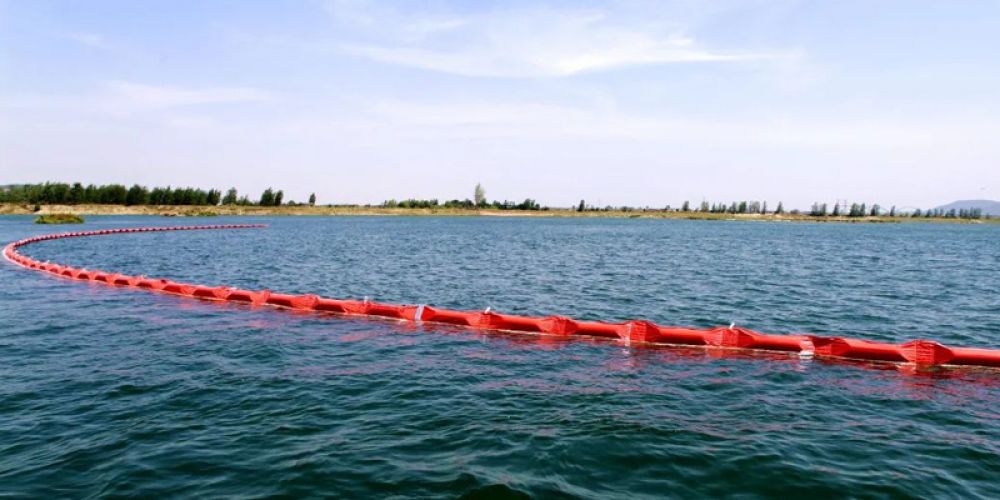
The selection and pretreatment of materials for oil containment booms are critical to their performance and longevity. Below, we discuss in detail the criteria for material selection and the pretreatment steps for rubber materials.
Oil Resistance
The material must exhibit excellent oil resistance, maintaining stable performance during prolonged exposure to oil-based liquids without deformation, cracking, or dissolution caused by oil erosion.
Cold Seawater Resistance
As oil containment booms are typically deployed in marine environments, the material must withstand low-temperature seawater corrosion while retaining flexibility and strength under cold conditions.
Aging Resistance
The material must possess superior aging resistance to endure long-term outdoor exposure. It should withstand environmental factors such as ultraviolet (UV) radiation, ozone, and high temperatures to extend service life.
Compression and Impact Resistance
The material must demonstrate adequate compression and impact resistance to maintain structural integrity and safety when subjected to external forces from vessels, tides, or waves.
Environmental Friendliness
Eco-friendly materials should be prioritized to minimize environmental pollution during use.
Rubber is a common material for oil containment booms, and its pretreatment is crucial for enhancing performance. Key pretreatment steps include:
Cleaning
Remove surface contaminants such as oil, grease, and dust to ensure effective subsequent processing.
Drying
Dry the cleaned rubber to eliminate moisture, preventing issues like bubble formation or cracking during further treatment.
Vulcanization
Vulcanization is a critical step to improve rubber strength, abrasion resistance, and aging resistance. This process is conducted under controlled temperature and pressure to achieve optimal performance.
Surface Treatment
Apply coatings or sprays (e.g., specialized oil-resistant coatings) to enhance corrosion and oil resistance.
Quality Inspection
Perform visual inspections and performance tests to ensure the pretreated rubber meets operational standards.
Material selection and pretreatment are pivotal to the functionality and durability of oil containment booms. Key considerations for material selection include oil resistance, cold seawater tolerance, aging resistance, mechanical durability, and environmental impact. For rubber materials, pretreatment steps—cleaning, drying, vulcanization, surface treatment, and quality checks—are essential to optimize performance and service life.